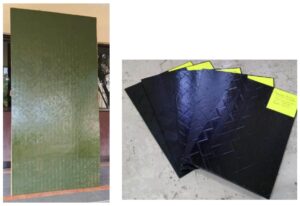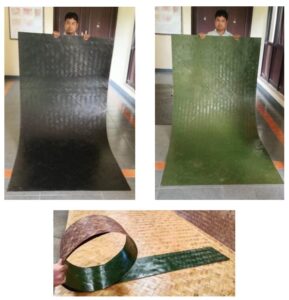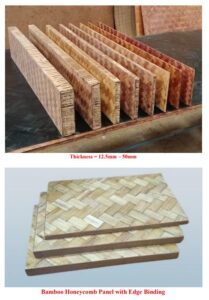1. Executive Summary
Bamboo plywood and laminates are sustainable, durable, and eco-friendly alternatives to conventional wood-based panels. With increasing demand in furniture, interior design, and construction industries, this business presents a lucrative opportunity.
2. Industry Overview
The plywood and laminate industry in India is growing due to increasing demand for eco-friendly alternatives. Bamboo-based products are gaining traction due to their strength, lightweight nature, and sustainability.
3. Project Description
3.1. Product
- Bamboo Plywood Sheets (Different Thicknesses: 4mm, 8mm, 12mm, 18mm)
- Bamboo Laminates (Glossy, Matte, Textured Finishes)
- Engineered Bamboo Panels
- Decorative Bamboo Boards
3.2. Manufacturing Process
- Raw Material Procurement: Sourcing matured bamboo poles.
- Splitting & Stripping: Cutting bamboo into thin layers or veneers.
- Boiling & Carbonization: Removing starch and moisture to prevent fungal growth.
- Drying: Kiln drying to achieve the required moisture content.
- Lamination & Pressing: Layering bamboo strips with adhesive under high pressure.
- Cutting & Sanding: Trimming sheets to required sizes and smoothing surfaces.
- Finishing: Applying surface treatments like polishing, laminating, or texturing.
- Packaging: Labeling and packing for transportation.
4. Market Potential
Bamboo plywood and laminates have high demand in:
- Domestic Market: Furniture manufacturers, interior designers, builders.
- Export Market: Europe, USA, Middle East, Southeast Asia.
5. Investment Requirements
5.1. Fixed Capital
| Item | Cost (INR) |
|---|---|
| Land (1500 sq. ft. on Rent) | |
| Machinery (Cutting, Pressing, Drying, Sanding) | |
| Kiln Dryer | |
| Lamination & Finishing Equipment | |
| Packaging & Labeling Unit | |
| Office Setup & Miscellaneous | |
| Total Fixed Capital |
5.2. Working Capital (for 3 months)
| Item | Monthly Cost (INR) | Total (for 3 months) (INR) |
|---|---|---|
| Raw Materials (Bamboo, Adhesives, Coatings) | ||
| Labor (10 Workers @ 18,000 each) | ||
| Electricity & Utilities | ||
| Marketing & Promotion | ||
| Transportation | ||
| Miscellaneous | ||
| Total Working Capital |
Total Investment Required
Fixed Capital + Working Capital =
6. Revenue Model & Profit Calculation
6.1. Production Capacity
- Machine Output:
- Monthly Production:
- Selling Price (Wholesale):
- Monthly Revenue:
6.2. Operating Cost
| Item | Monthly Cost (INR) |
|---|---|
| Raw Materials | |
| Labor | |
| Utilities & Maintenance | |
| Packaging & Marketing | |
| Transportation | |
| Miscellaneous | |
| Total Cost |
6.3. Profit Calculation
| Parameter | Amount (INR) |
|---|---|
| Revenue | |
| Operating Cost | |
| Gross Profit | |
| Rent & Misc. Overheads | |
| Net Profit |
7. Break-Even Analysis
Break-even point (BEP) = Fixed Cost / (Selling Price – Variable Cost per unit)
- Fixed Cost:
- Selling Price per sheet:
- Variable Cost per sheet:
- Contribution Margin per sheet:
- Break-even Production =
- BEP in Sales: 3,343 × 1,000 =
8. Risk & Mitigation Strategies
Risks:
- Raw Material Shortages – Establish partnerships with bamboo growers.
- Market Competition – Differentiate with unique finishes and branding.
- Regulatory Compliance – Ensure all environmental and business licenses are in place.





